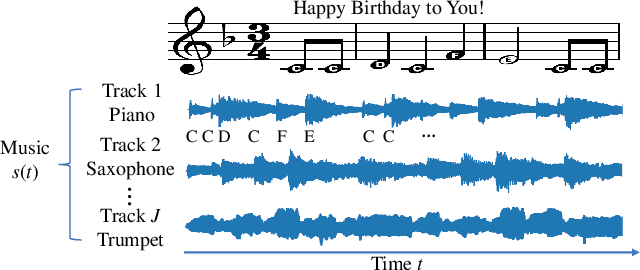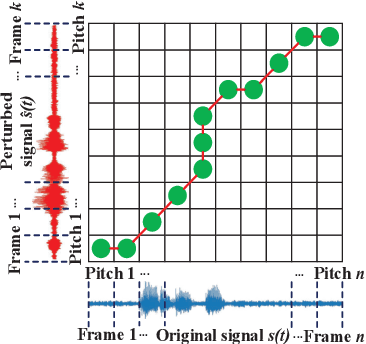Leah Ding
Parrot-Trained Adversarial Examples: Pushing the Practicality of Black-Box Audio Attacks against Speaker Recognition Models
Nov 17, 2023Abstract:Audio adversarial examples (AEs) have posed significant security challenges to real-world speaker recognition systems. Most black-box attacks still require certain information from the speaker recognition model to be effective (e.g., keeping probing and requiring the knowledge of similarity scores). This work aims to push the practicality of the black-box attacks by minimizing the attacker's knowledge about a target speaker recognition model. Although it is not feasible for an attacker to succeed with completely zero knowledge, we assume that the attacker only knows a short (or a few seconds) speech sample of a target speaker. Without any probing to gain further knowledge about the target model, we propose a new mechanism, called parrot training, to generate AEs against the target model. Motivated by recent advancements in voice conversion (VC), we propose to use the one short sentence knowledge to generate more synthetic speech samples that sound like the target speaker, called parrot speech. Then, we use these parrot speech samples to train a parrot-trained(PT) surrogate model for the attacker. Under a joint transferability and perception framework, we investigate different ways to generate AEs on the PT model (called PT-AEs) to ensure the PT-AEs can be generated with high transferability to a black-box target model with good human perceptual quality. Real-world experiments show that the resultant PT-AEs achieve the attack success rates of 45.8% - 80.8% against the open-source models in the digital-line scenario and 47.9% - 58.3% against smart devices, including Apple HomePod (Siri), Amazon Echo, and Google Home, in the over-the-air scenario.
Perception-Aware Attack: Creating Adversarial Music via Reverse-Engineering Human Perception
Jul 26, 2022



Abstract:Recently, adversarial machine learning attacks have posed serious security threats against practical audio signal classification systems, including speech recognition, speaker recognition, and music copyright detection. Previous studies have mainly focused on ensuring the effectiveness of attacking an audio signal classifier via creating a small noise-like perturbation on the original signal. It is still unclear if an attacker is able to create audio signal perturbations that can be well perceived by human beings in addition to its attack effectiveness. This is particularly important for music signals as they are carefully crafted with human-enjoyable audio characteristics. In this work, we formulate the adversarial attack against music signals as a new perception-aware attack framework, which integrates human study into adversarial attack design. Specifically, we conduct a human study to quantify the human perception with respect to a change of a music signal. We invite human participants to rate their perceived deviation based on pairs of original and perturbed music signals, and reverse-engineer the human perception process by regression analysis to predict the human-perceived deviation given a perturbed signal. The perception-aware attack is then formulated as an optimization problem that finds an optimal perturbation signal to minimize the prediction of perceived deviation from the regressed human perception model. We use the perception-aware framework to design a realistic adversarial music attack against YouTube's copyright detector. Experiments show that the perception-aware attack produces adversarial music with significantly better perceptual quality than prior work.
 Add to Chrome
Add to Chrome Add to Firefox
Add to Firefox Add to Edge
Add to Edge